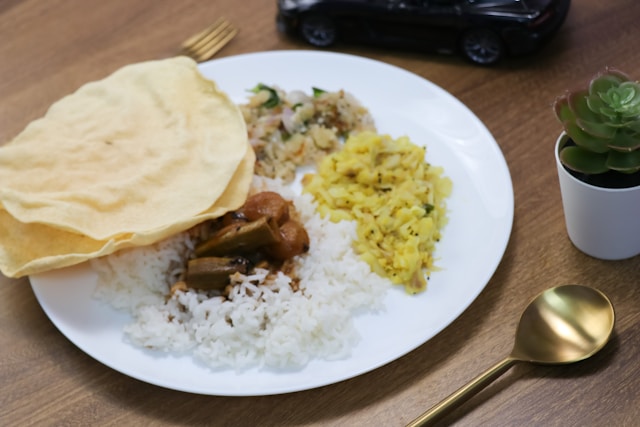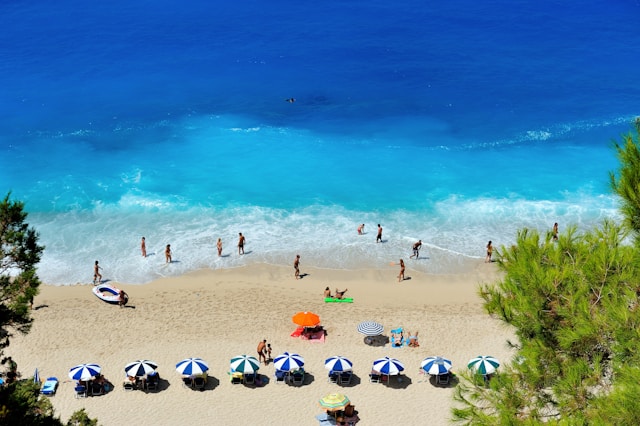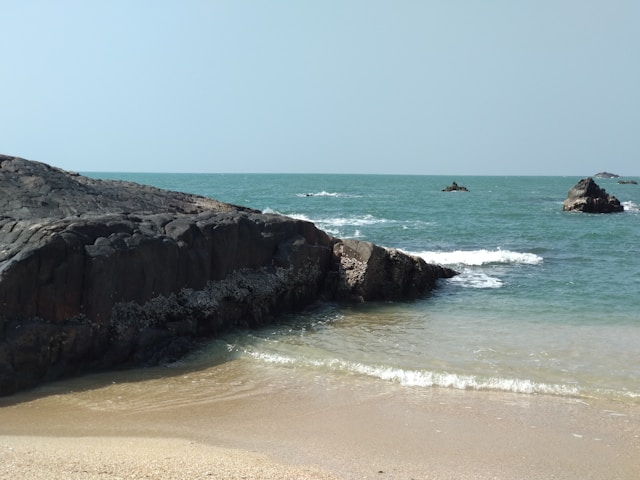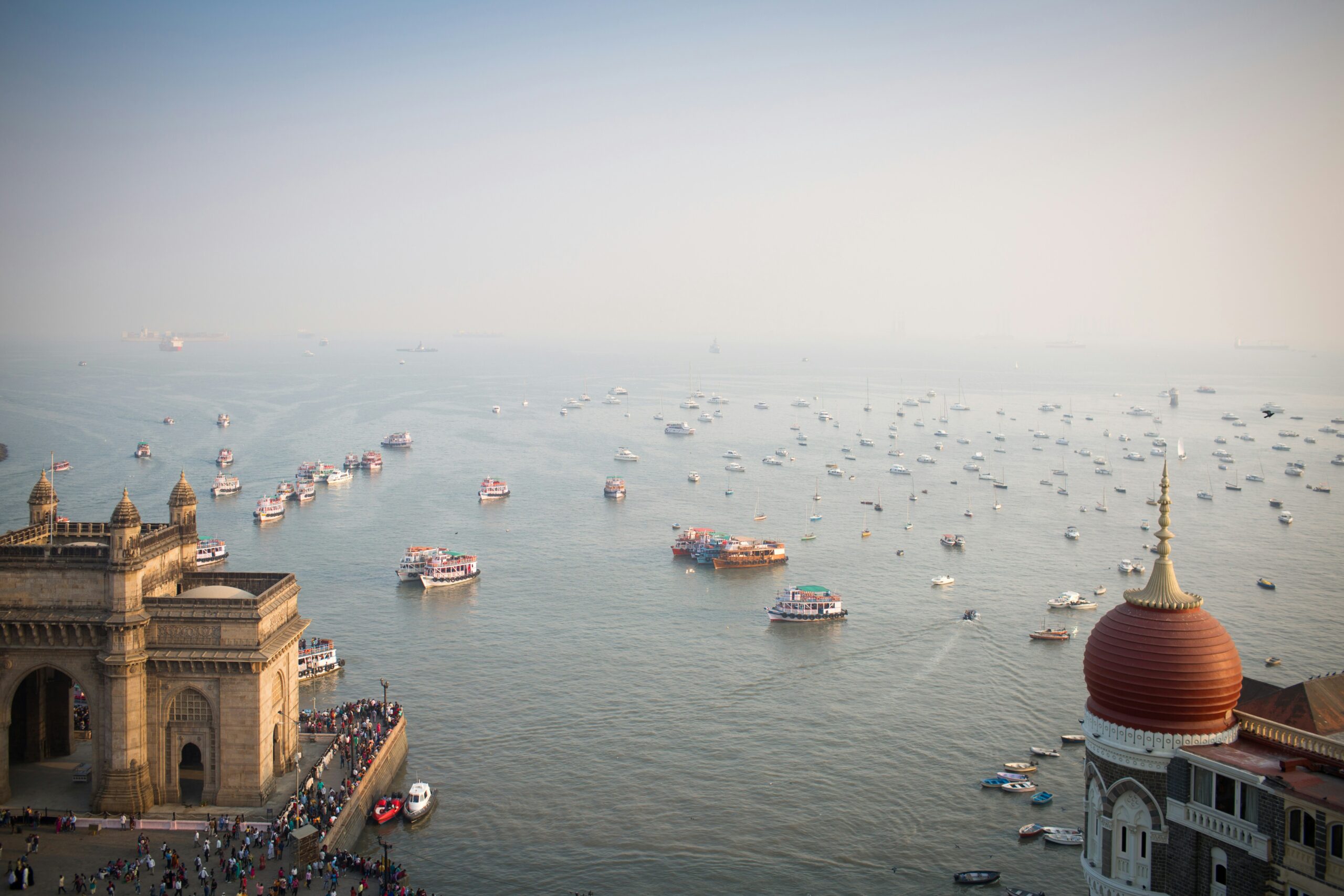Nestled along the Konkan coast of Maharashtra, Ratnagiri is not just a scenic paradise of swaying palms and serene beaches—it’s a culinary haven. With its vibrant Konkani culture, abundance of Alphonso mangoes, and authentic Malvani flavors, this region serves up an unforgettable food experience rooted in tradition and local produce.
The Heart of Ratnagiri: Alphonso Mangoes, the Golden Treasure
The name Ratnagiri is almost synonymous with Alphonso mangoes, known locally as Hapus. These golden fruits are celebrated not only for their unmatched sweetness and creamy texture but also for the distinct aroma that makes them highly sought after worldwide.
The cultivation of Alphonso in Ratnagiri is an art form. The unique laterite-rich soil, the proximity to the Arabian Sea, and traditional grafting techniques give these mangoes their rich flavor profile. Local households and eateries incorporate mangoes in multiple forms—raw in pickles, ripe in desserts, and even fermented into beverages like Aam Panna.
Mango-Based Delicacies in Konkani Cuisine
- Aamras: A thick mango pulp puree, often eaten with pooris or chapatis.
- Ambyacha Sasav: A tangy mango curry made with mustard seeds and coconut, served during festive occasions.
- Kairiche Lonche: A spicy raw mango pickle that balances sourness with fiery Konkan spices.
Malvani Cuisine: The Fiery Soul of the Konkan Kitchen
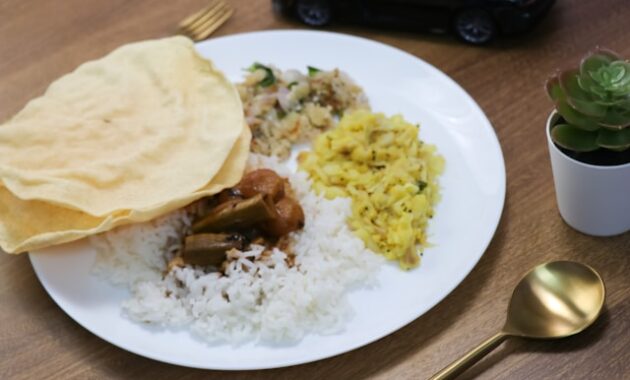
Malvani cuisine, the local fare of Ratnagiri, blends Konkani and Goan culinary influences with a fiery twist. Characterized by the extensive use of coconut, kokum, tamarind, and red chilies, Malvani dishes are both robust and complex in flavor.
Key Spices and Ingredients in Malvani Cooking
- Malvani Masala: A special spice mix made from over 15 roasted ingredients including coriander, dried coconut, and fennel.
- Kokum: A souring agent that adds depth and is often used in place of tamarind.
- Teppal (Sichuan pepper): Adds a citrusy zing, especially in fish curries.
Signature Malvani Dishes You Must Try
- Kombdi Vade: Succulent chicken cooked in a rich, spicy gravy paired with vade—a fluffy, deep-fried puri made from rice and urad dal.
- Bangda Fry: Fresh mackerel marinated in red masala and shallow-fried till crisp.
- Solkadhi: A cooling digestive drink made from kokum and coconut milk, often served as a palate cleanser.
Seafood Galore: The Coastal Bounty of Ratnagiri
With its proximity to the Arabian Sea, Ratnagiri enjoys a rich haul of seafood that graces the daily menu of most households. Freshly caught fish, prawns, crabs, and lobsters are celebrated with minimalistic recipes that highlight their natural sweetness and texture.
Popular Seafood Preparations
- Surmai Kalvan: Kingfish in a zesty curry made with ground coconut and Malvani spices.
- Tisrya Masala: Clams cooked with onions, garlic, and fresh coriander.
- Kolambi Bhaat: A prawn pulao that melds together the ocean’s bounty with fragrant rice and mild spices.
Vegetarian Wonders: Simplicity with a Punch
While seafood dominates, vegetarian Konkani cuisine in Ratnagiri is no less captivating. Using seasonal vegetables, legumes, and wild greens, the dishes are typically light, nutrient-rich, and packed with earthy flavors.
Must-Have Vegetarian Dishes
- Phanasachi Bhaji: A dry jackfruit preparation cooked with mustard seeds and grated coconut.
- Aluchi Bhaji: Colocasia leaves cooked in a tangy-sweet coconut curry.
- Tondlichi Bhaji: Ivy gourd stir-fried with onions and groundnuts, served with bhakri.
Street Food and Snacks: A Glimpse into Local Life
Beyond the home kitchens, Ratnagiri’s streets bustle with vendors offering quick bites that are steeped in local flavor.
Beloved Konkani Street Foods
- Misal Pav: A spicy lentil curry topped with crunchy farsan and served with buttered bread.
- Kanda Bhaji: Onion fritters deep-fried to golden perfection, often savored during monsoons.
- Ghavan: A rice-based pancake, soft yet crisp, typically eaten with jaggery or chutney.
Desserts that Speak of Tradition and Nostalgia
Konkani sweets in Ratnagiri are often made from local jaggery, rice flour, coconut, and of course, mangoes. These desserts reflect the seasonality and resourcefulness of the local cuisine.
Iconic Konkani Desserts
- Modak: Steamed dumplings filled with jaggery and coconut, especially prepared during Ganesh Chaturthi.
- Puran Poli: Sweet lentil-stuffed flatbread flavored with cardamom and nutmeg.
- Ras Poli: A soft rice flour crepe soaked in mango pulp and milk, unique to Ratnagiri’s festive tables.
Traditional Cooking Methods That Preserve Authenticity
Konkani cooking in Ratnagiri is not only about ingredients but also about time-honored techniques. Many households still use clay pots, wood-fired stoves, and stone grinders, which impart a distinct smoky aroma and textural richness to the food.
These methods ensure slow cooking, enhancing the natural flavors and health benefits of each dish. Grinding masalas by hand, for example, releases oils that are lost in machine processing, keeping the taste authentic and full-bodied.
Festivals and Feasts: Celebrating with Food
In Ratnagiri, food is the centerpiece of celebration. During festivals like Gudi Padwa, Ganesh Chaturthi, and Diwali, families prepare elaborate meals that showcase the full spectrum of Konkani cuisine.
Festival Specials Include:
- Ukadiche Modak during Ganesh Chaturthi.
- Shrikhand with puri on Gudi Padwa.
- Patholi, rice rolls steamed in turmeric leaves, during Nag Panchami.
Conclusion: A Culinary Journey Worth Savoring
Konkani cuisine in Ratnagiri is not just food—it is heritage on a plate. From the sun-ripened Alphonso mangoes to the spicy seafood curries, from vegetarian classics to street-side surprises, every bite tells a story of coastal bounty, cultural pride, and culinary excellence.
